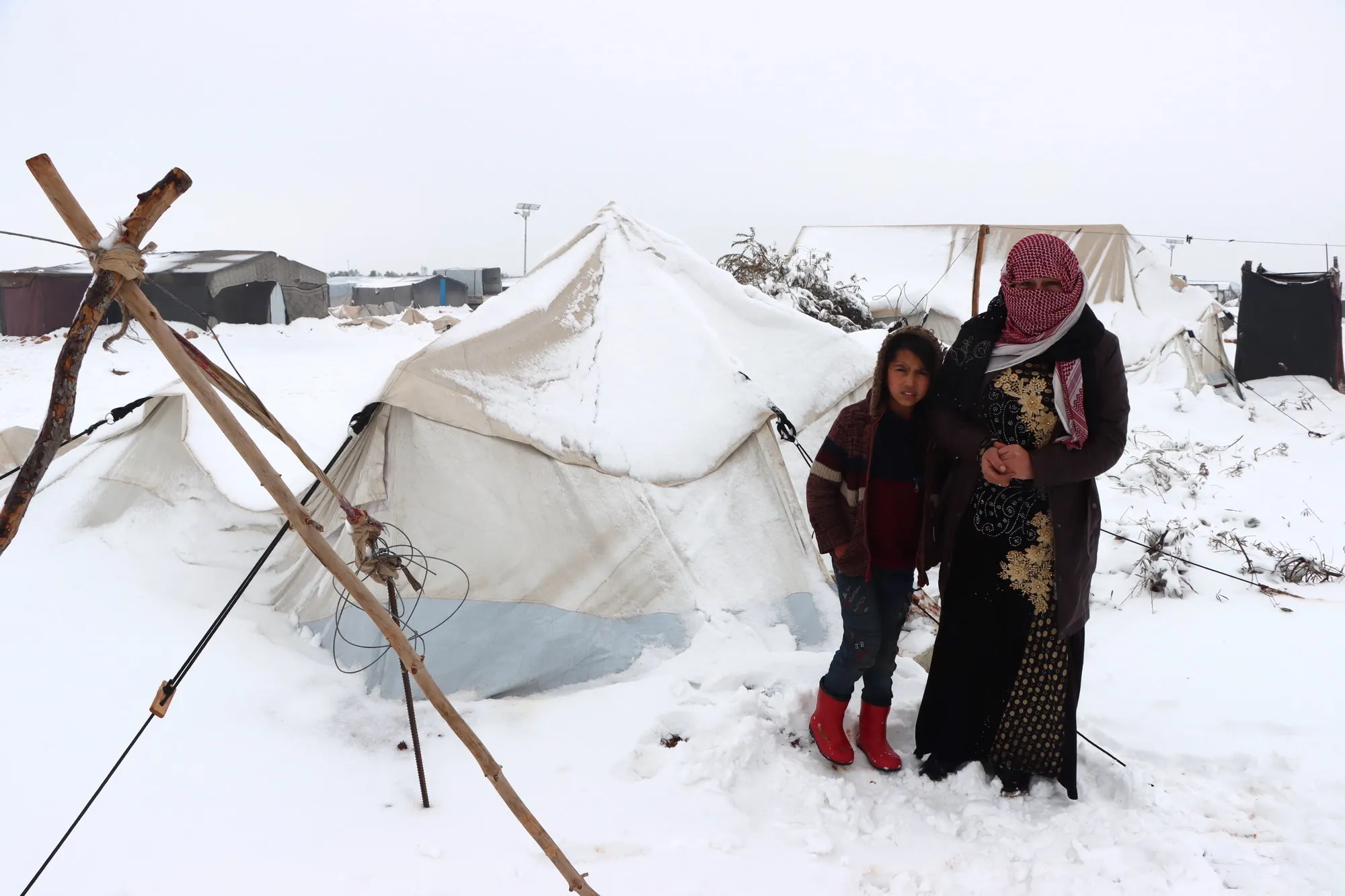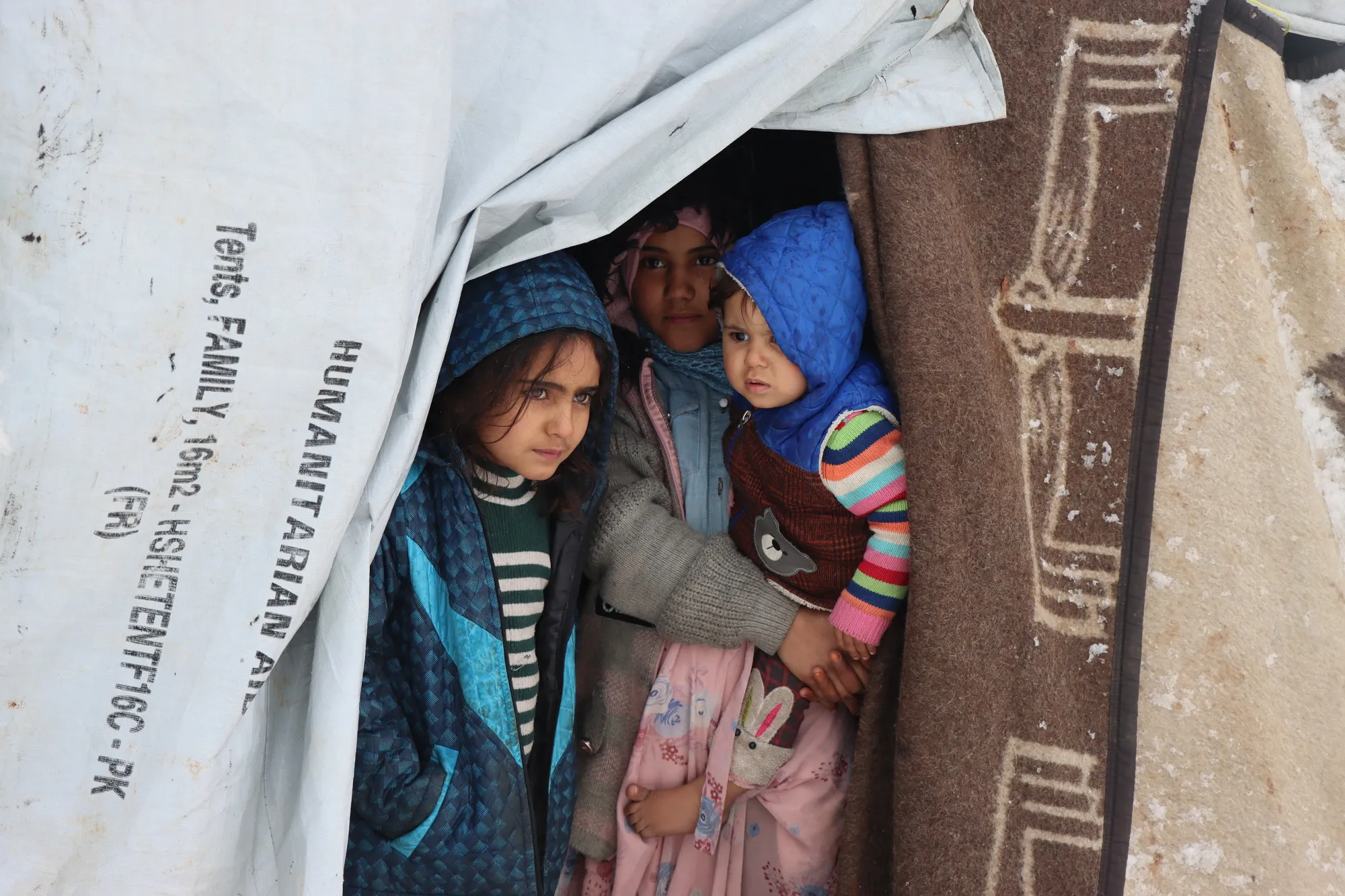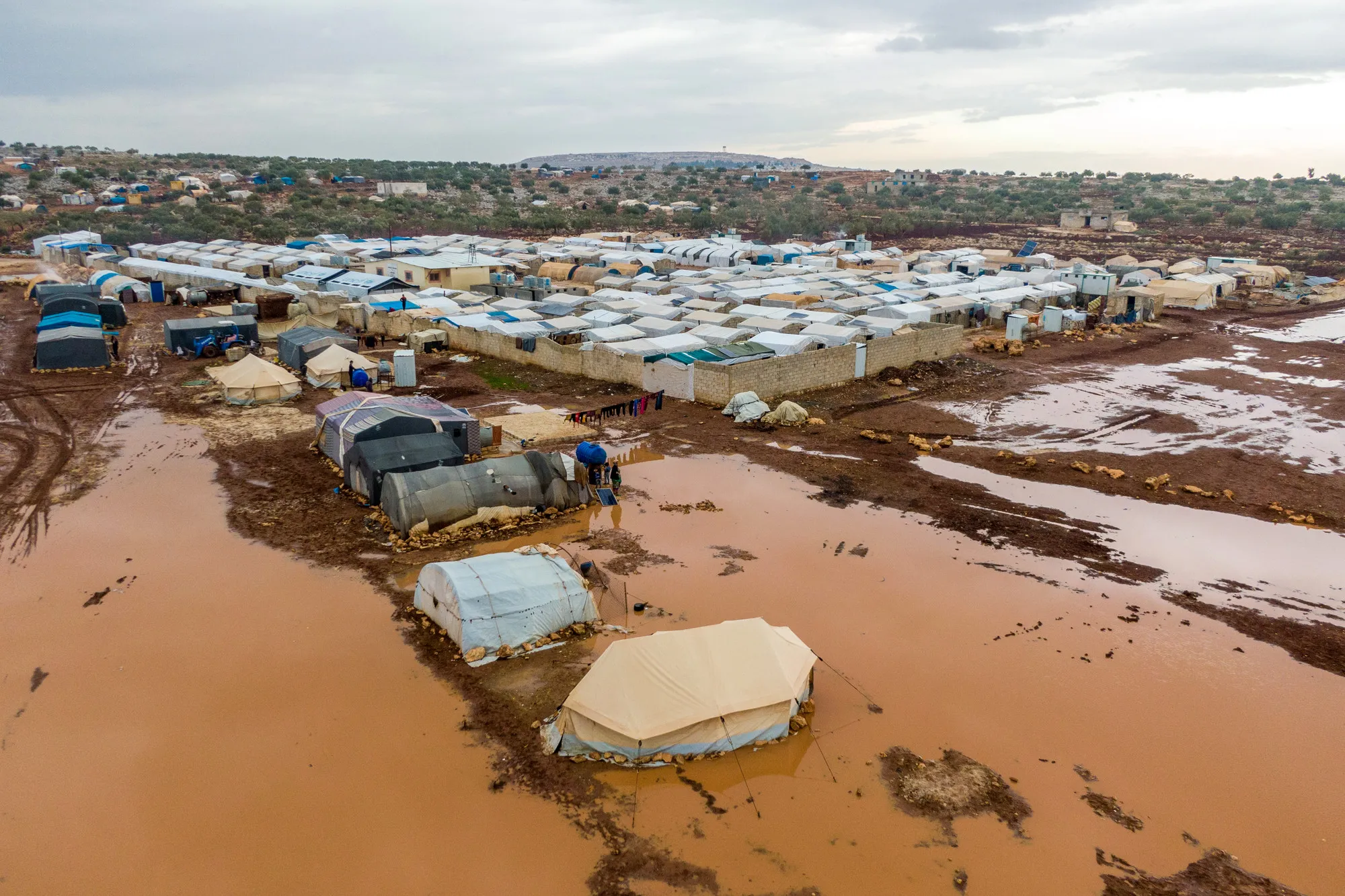Jolien Veldwijk, CARE Syria Country Director, speaks about the harsh winter – which will continue through the first week of March – as well as flood conditions facing Syrians.
What is the current situation of people in Syria during this winter?
The suffering of people in Syria during the winter is unimaginable. Temperatures drop well below the freezing point. In Northwest Syria, hundreds of tents have been washed away by the floods since December last year. Millions of people have been internally displaced in the Northeast and Northwest of the country, most of them live in camps and informal settlements. The tents people live in are makeshift and cannot withstand the heavy winds and rains. The lifespan of tents does not exceed one year. Humanitarian partners report seeing people walk around in ripped shirts, and children in flipflops. People can see their own breath when lying on their thin mattrasses on the cold floor of their tents. One of CARE’s Syrian partners reported that every third person knows someone who has died or got sick because of the cold. Especially those with preexisting health conditions are struggling. Cold and respiratory issues are rising and spreading, let alone the threat of COVID-19 in overcrowded camps without sufficient healthcare. Most displaced people report that they are not able to afford buying masks or other ways of protecting themselves against spreadable diseases. Food, medicine, and clean water are unaffordable. Displaced persons have resorted to burning clothes, tires, and other hazardous materials, resulting in dangerous environmental impacts. In some camps, fires have broken out and people have suffered from suffocation.




